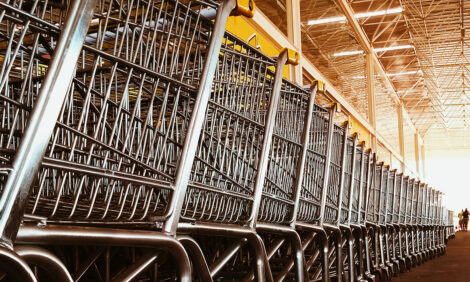



Global meat exports expected to grow 3% by 2031 - report
Meat supply concentrated in very few countriesAccording to the recently released OECD/FAO Agricultural Outlook report for 2022-2031, global meat exports are projected to be 3% higher by 2031 than in the base period, reaching 40 Mt. This measured slow-down in the growth of trade compared to the previous decade is largely the result of high pig meat trade during the ASF crisis in Asia during the base period, particularly by China. By 2031, as ASF-induced trade declines, the proportion of meat output traded should remain stable at around 11%.
Rising imports over the next decade will mainly comprise of poultry and projected to account for two thirds of the additional meat imports into Africa where consumption growth will outpace the expansion of domestic production.
Meat exports are highly concentrated with the share of the two largest meat exporting countries, Brazil and the United States, expected to increase to around 40%, contributing two thirds of the expected increase in global meat exports over the projection period. The European Union has improved its access to Asian markets in recent years, but the projected decline in meat imports by China as well as competition from North and South America will limit export opportunities, with exports declining over the period to 2031. Other traditional exporting countries, such as Argentina, Australia, Paraguay, Thailand and Turkey, are expected to contribute considerably to the increase in the global meat trade.
Brazil is expected to record by far the largest increase in world meat exports, benefitting from a favourable exchange rate and ample feed grain availability. Its dominance as the largest exporter of poultry meat and beef will continue to increase over the outlook period. Indian buffalo meat exports, despite the government reforms concerning animal welfare, are expected to increase as import demand from the Middle East and Indonesia rises over the next decade. The meat trade in value is dominated by beef and veal, but increasingly dominated by poultry in quantity terms.
Import demand is expected to increase most quickly in terms of quantities in Africa, with a 2 Mt increase from the base period. The Asian region will account for 51% of global trade by 2031. The largest increases in imports will occur in Korea, Indonesia and the Philippines, and the latter for poultry meat. While Chinese meat imports remain high in the early part of the projection period, a gradual decline is projected in the second half of the projection period as pig meat production recovers from the ASF outbreak. While Chinese beef imports will continue to increase over the projection period.
TheCattleSite News Desk


